Features of planting onions before winter: after what crops can they be planted?
Planting onions before winter allows you to harvest an early harvest. And the body really needs vitamins after a long winter. In this article we will reveal the nuances of autumn planting onions, and also tell you after which crops you can plant onions before winter.
Crop rotation
Perhaps every summer resident has heard about the rules of crop rotation. But not everyone knows what it is. Crop rotation of vegetable crops is the alternation of plants in the same beds. This is an ongoing, annual process.
Attention! The first and main rule of crop rotation: no crop should grow in the same place for more than 1-2 years in a row (maximum three, but this is undesirable).
Violation of this rule will lead to the fact that the onion bed, for example, will be full onion flies, on the carrot - carrot flea beetles, on the potato plot - wireworms, Colorado potato beetles and fungus.
The crop is returned to its original place no earlier than after 3-4 years. The longer this period, the better. For carrots, onions, garlic, parsley, beets, and cucumbers, it is increased to 4-5 years.
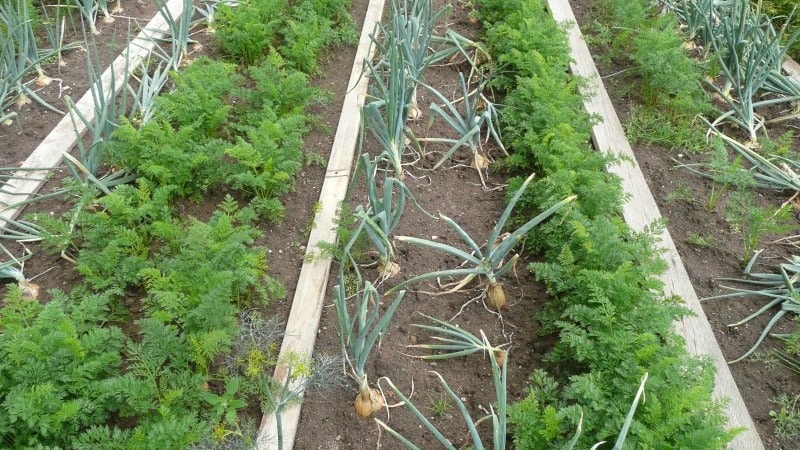
Characteristics and methods of growing crops
Onion is a biennial crop. In the first year it develops a bulb, which in the second year grows into a flowering plant that produces seeds.
Well-dried bulbs are stored well for several months at a temperature of about +20˚C and a humidity of 50-70%.
Turnips are grown in three ways: vegetatively, as an annual and biennial crop.
How to grow an annual
Large heads grow from seedlings already in the first year. This method is used infrequently, because growing and planting seedlings takes a lot of time and effort. But we must admit that these labor costs pay off with a high yield of large bulbs.
Suitable for annual cultivation are such early varieties and hybrids as Stuttgarter Riesen, Yukont, Carmen, Snowball.
How to raise a biennial
In the first year, seeds are sown and onion sets are grown. In the second year it is used as planting material. Mid- and late-ripening varieties are grown through seeding. For example, Setton, Aleko, Farmer Late, Slava Ozharova.
Vegetative propagation
Vegetative propagation is sowing with small bulbs. In this way, northern varieties of the crop are mainly grown, forming a nest of 10-20 bulbs.
Local varieties of the region, for example, Kirov, Pskov, Novgorod regions, are suitable for the vegetative method. Such onions are planted simultaneously with the sets or a little later (before the end of May).
Important! Planting in the fall is good because the plants are less susceptible to onion fly invasion. By the time the fly is ready to lay eggs, the heads will have already formed a dense bottom and a developed root lobe. This will make it more difficult for the hatched larvae to penetrate the heads.
The best predecessors of winter onions
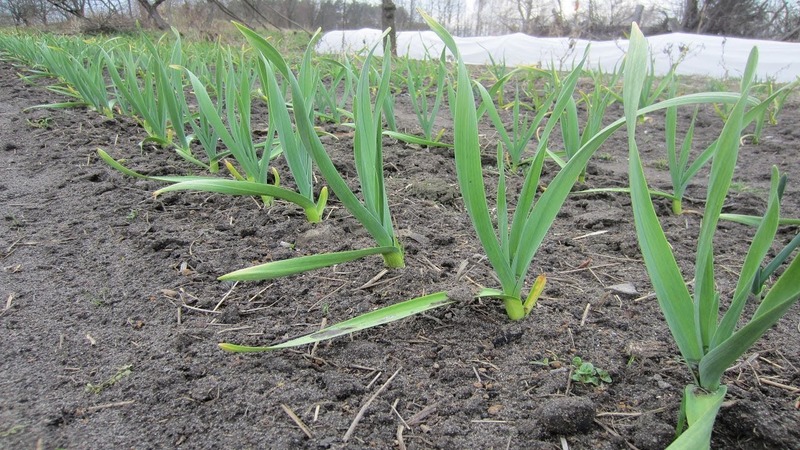
Predecessors are the crops that occupied the garden bed last year. Onions are not planted in one place for more than 2-3 years in a row. After what to plant onions next year? The best predecessors for it are considered to be those crops for which large amounts of organic fertilizers were applied.
When choosing a place for planting, it is worth considering that turnip onions do not like heavy clay soils. The soil should be light, loose and fertile.
Then why plant onions before winter? For autumn planting, a bed on which tomatoes, cucumbers, peas, pumpkins, beans, any grains, beets, mustard, rapeseed, and salads was previously grown is suitable.
After which crops is it not recommended to plant onions?
Potatoes, alfalfa, and red clover are considered bad predecessors for onions. Such planting leads to damage to the crop by nematodes.
You cannot plant “turnips” after any types of onions and garlic, radishes and radishes, parsley and parsnips, celery and carrots. These plants consume a lot of organic matter, so there is little left for the onion next year.
Timing and rules for planting before winter
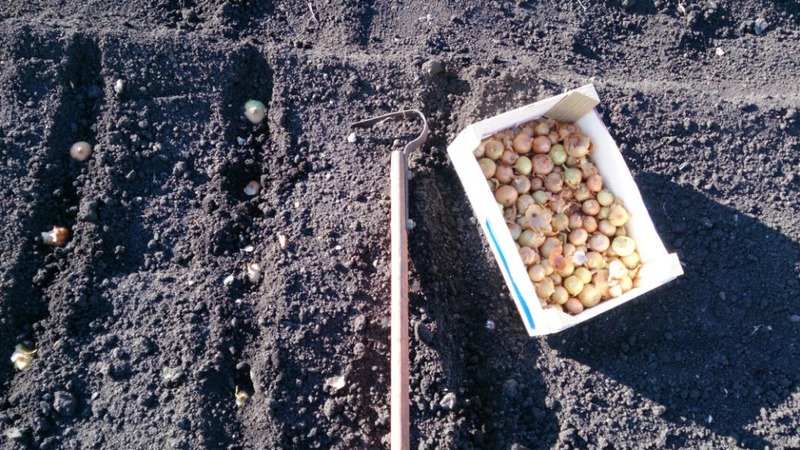
Before boarding In the fall, planting material is sorted and sorted. Specimens with signs of disease, rot, or mechanical damage are removed.
Selected sets are sorted by size into three groups: bulbs up to 1 cm in diameter (oat), from 1 to 3 cm in diameter (sets) and more than 3 cm in diameter (selection). Seeds from the first and second groups are planted for growing bulbs; the selection is well suited for planting on greens.
The planting bed is chosen in a well-lit place. It is important that rainwater and moisture do not stagnate on it after the snow melts.
To protect against diseases and pests, the soil is disinfected with a solution of copper sulfate (1 tbsp per 10 liters of water). Water at the rate of 2 liters per 1 sq. m.
Then fertilizers are applied. For each square meter use 3-4 kg of humus, 5 kg of peat, 2 tbsp. l. superphosphate. The earth is being dug up.
The finished beds are leveled and compacted. Furrows 5 cm deep are cut on the surface of the earth at a distance of 15 cm from each other.The seedlings are laid out in furrows at a distance of 3-4 cm from each other and sprinkled with a mixture of peat and humus.
Landing dates
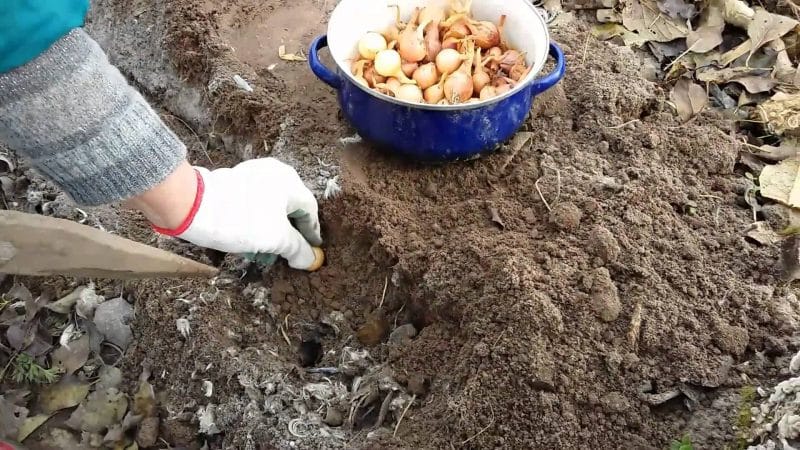
On average, winter onions are planted from October 5 to October 30. When determining the timing, they are guided by the climate of the region and the weather. As soon as the outside temperature drops to +5...+7°C and remains at this level for a week, planting begins.
If the weather is unstable, the sowing can be divided into two parts. Plant one in mid-October, the second at the end. There is no point in planting after the onset of frost - the onions will freeze and will not sprout in the spring.
Important! From the moment of planting until the soil freezes, the seedlings should have time to take root, but not begin to grow. On average, this takes 2-3 weeks.
To protect crops from freezing, before frost, the bed is mulched with peat in a layer of up to 2-3 cm. In spring, the mulch is removed so that the soil warms up faster. If in winter the temperature drops below -10°C, the soil is additionally covered with snow.
Tips and tricks for gardeners
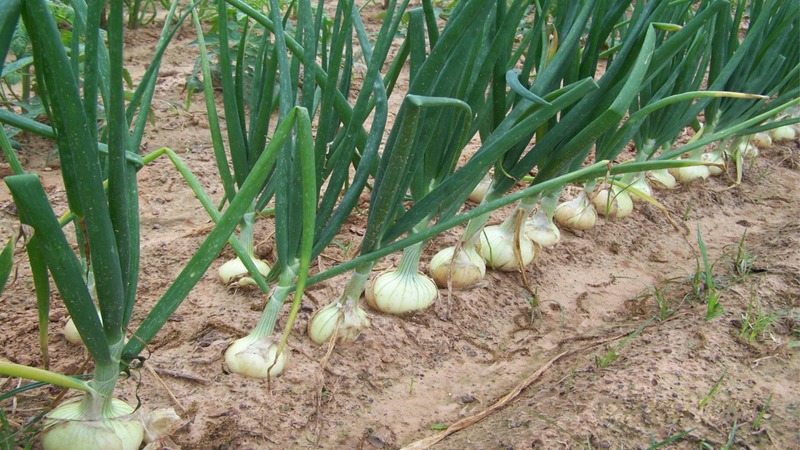
For those who first decided to plant winter onion, Recommendations from experienced gardeners will come in handy:
- Take the time to draw up a plan for your garden, marking all the beds on it. Each year, note where each crop is planted. It is useful to plan plantings several years in advance.
- On the plan, additionally indicate how much space each crop takes up in the garden bed: a third, a quarter, a half, a whole, etc. For the next season, it will be possible to create suitable plantings, like a puzzle. After all, it is not necessary to sow the entire garden bed with one crop.
- If it is not possible to change the location of a crop, a neighbor from another family is added to its garden bed: a row of one crop is sown, a row of another is sown. Onions are a good neighbor for beets, chicory, carrots. Unlucky neighbors for onions are beans, peas, parsnips, sage, parsley, radishes, cabbage, radishes, chives, broccoli, kohlrabi, dill, turnips.
- In the spring, after the emergence of seedlings, the plantings are thinned out. Leave 5-6 cm between plants. The pulled out onion can be eaten.
- When planting sets in the fall, it is important to properly deepen the bulbs. If planted too deep, the onions will take a long time to germinate in the spring, waiting for the sun to warm the ground. If you place it close to the surface, the seed will freeze or get wet. The optimal sowing depth is 5 cm.
Conclusion
Planting before winter allows you to remove ripe heads from the garden at the end of July - beginning of August. In addition, this onion is perfectly stored in winter at home. When planting before winter, it is important to choose the right place for the bed, taking into account its predecessors.
Repeated cultivation of a crop without changing the location depletes the soil and provokes the accumulation of pests in the soil. Compliance with the rules of crop rotation helps to increase the yield of all garden crops, not just onions.